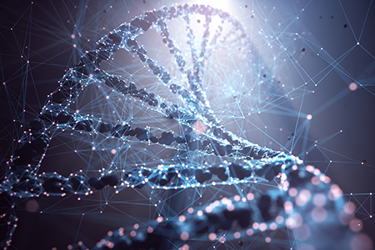SEC-MALS Method For Characterizing mRNA Biophysical Attributes
By Pam Wang, Ph.D., Rama Akula, Moderna Therapeutics, Michelle Chen, Ph.D., and Kristine Legaspi, Wyatt Technology

Over the past decade, mRNA has emerged as an increasingly desirable alternative to traditional protein-based therapies; mRNA molecules with the appropriate sequence, synthetic modifications, and delivery vehicle are much more likely to lead to the production of properly folded and post-translationally modified proteins within the human body. Furthermore, unlike DNA-based gene therapy, mRNA drugs pose minimal risks of genome integration and reduce long-term safety concerns.
Despite its apparent advantages, mRNA therapeutic development is in its early stages, and clinical success will rely heavily on the elucidation of mRNA attributes using high-quality analytical tools. Given the intrinsic dynamics of RNA molecules, 3D structural information is particularly difficult to obtain. Therefore, complementary techniques that can provide insight into size, oligomeric state, and conformation would be invaluable for understanding the biochemical and biophysical properties of mRNA.
In this note we will discuss the use of an SEC-MALS method for comprehensive mRNA characterization, employing two commonly used tool constructs: RNA for human erythropoietin (EPO), a hormone that plays a key role in the production of red blood cells; and firefly luciferase (fLuc), a bioluminescent protein whose expression levels can be easily quantified in vivo.
Get unlimited access to:
Enter your credentials below to log in. Not yet a member of Cell & Gene? Subscribe today.
